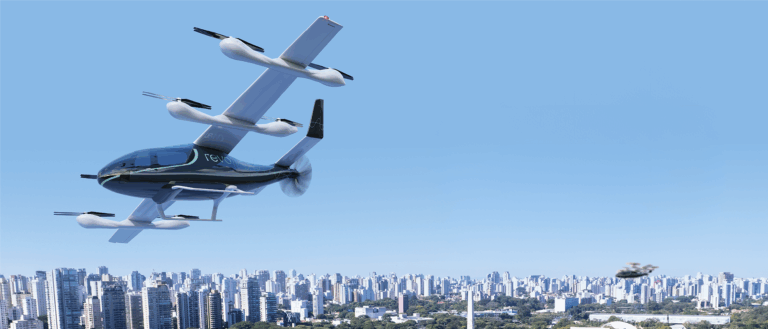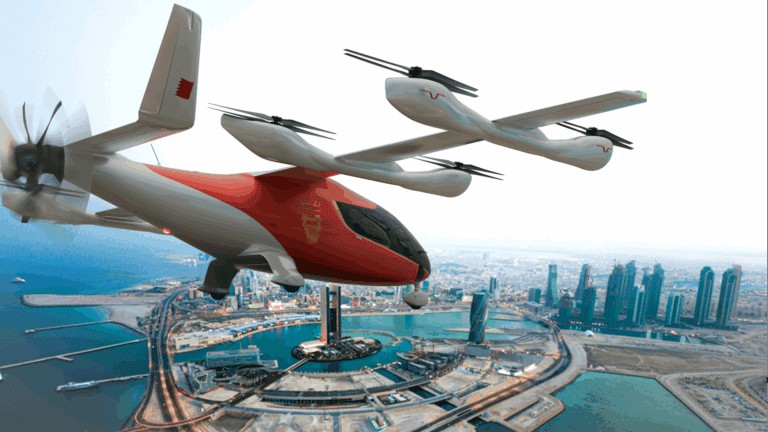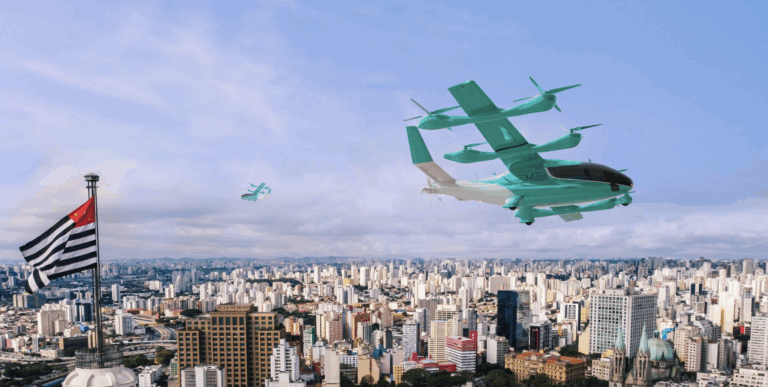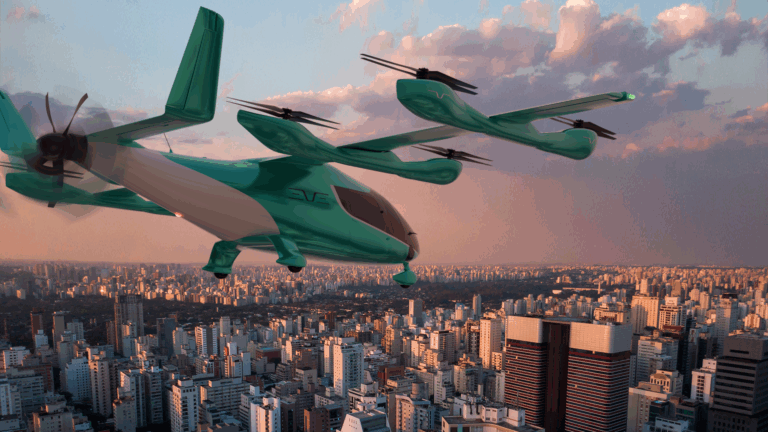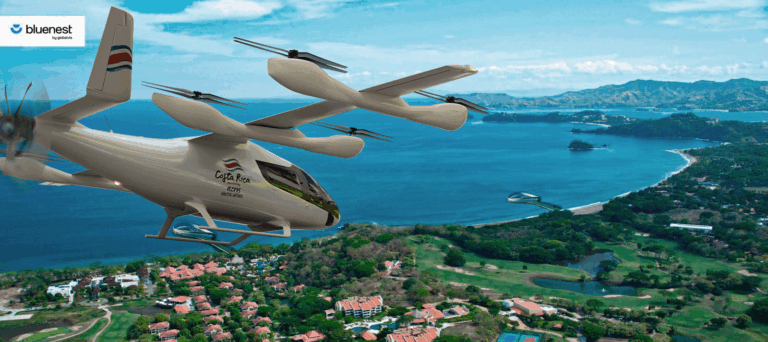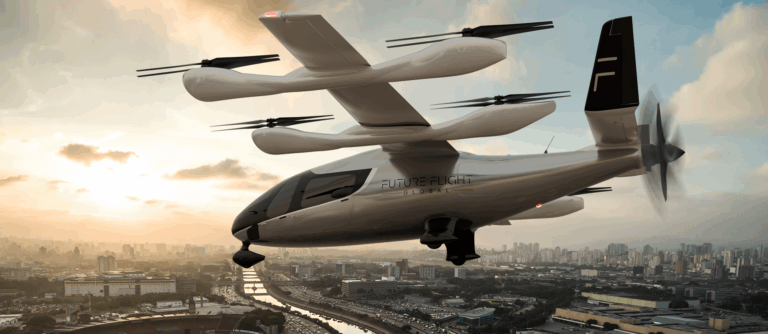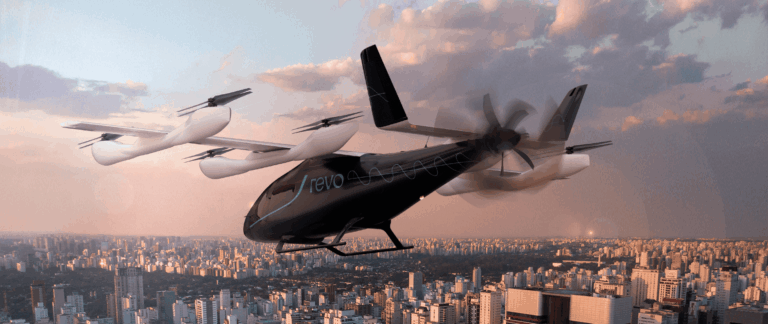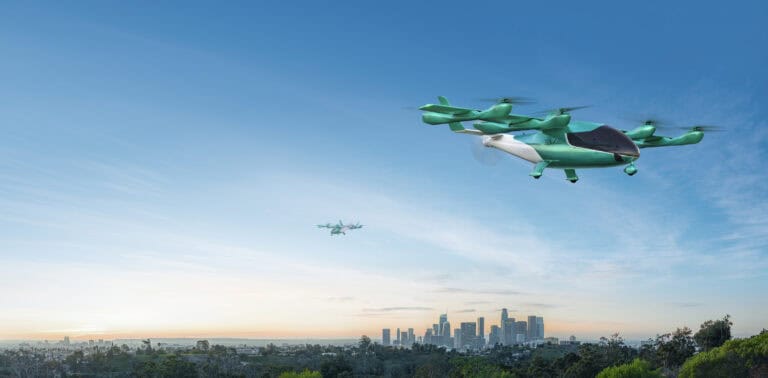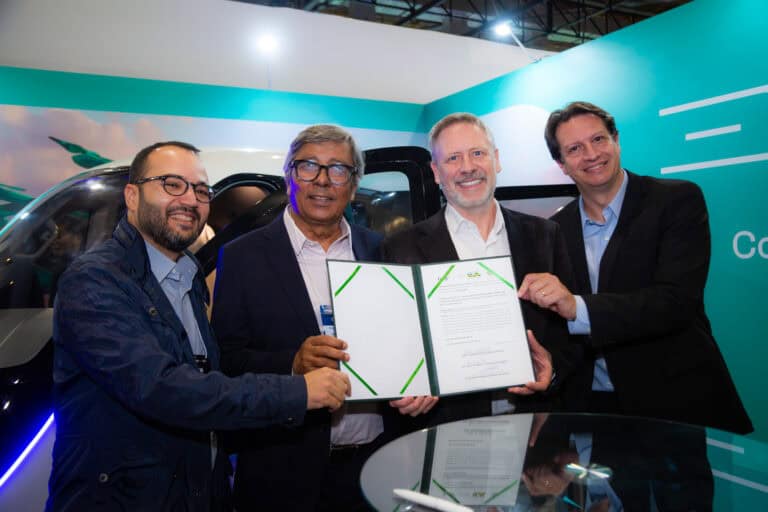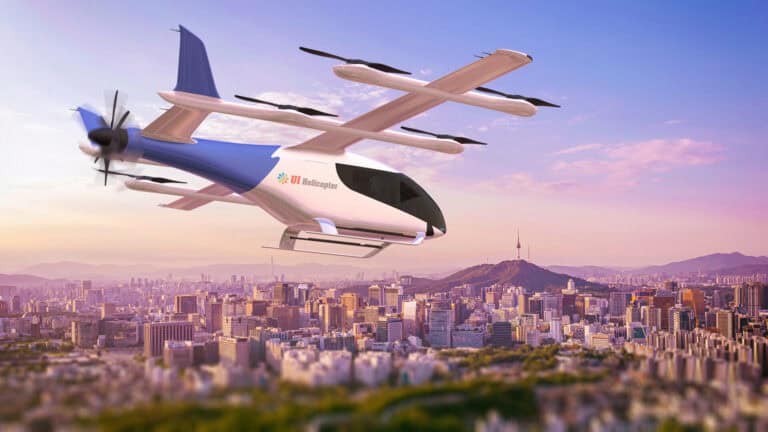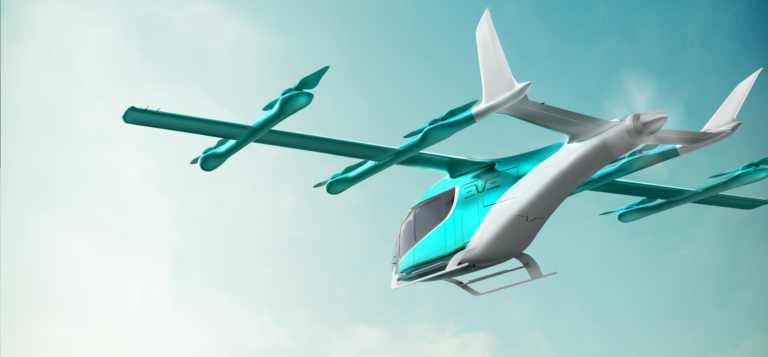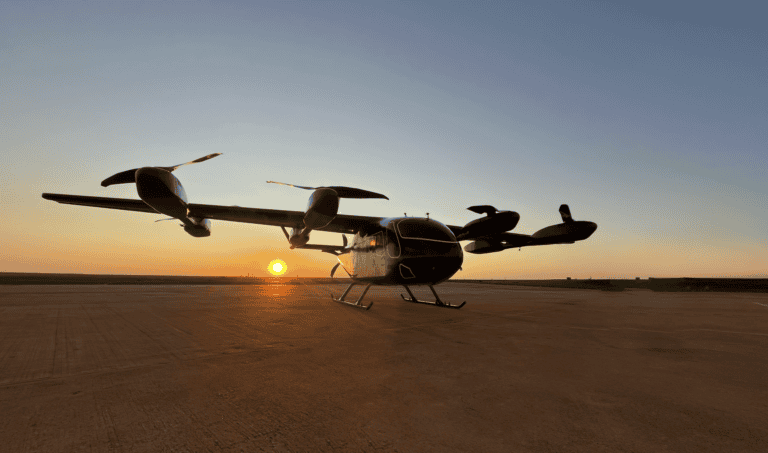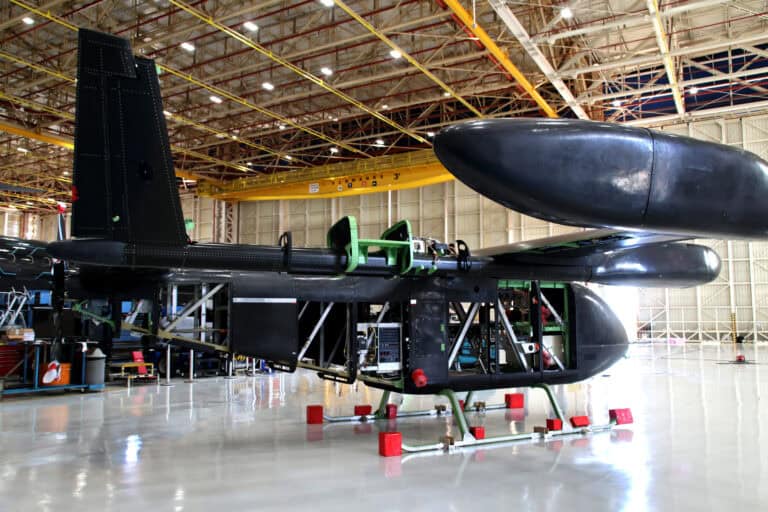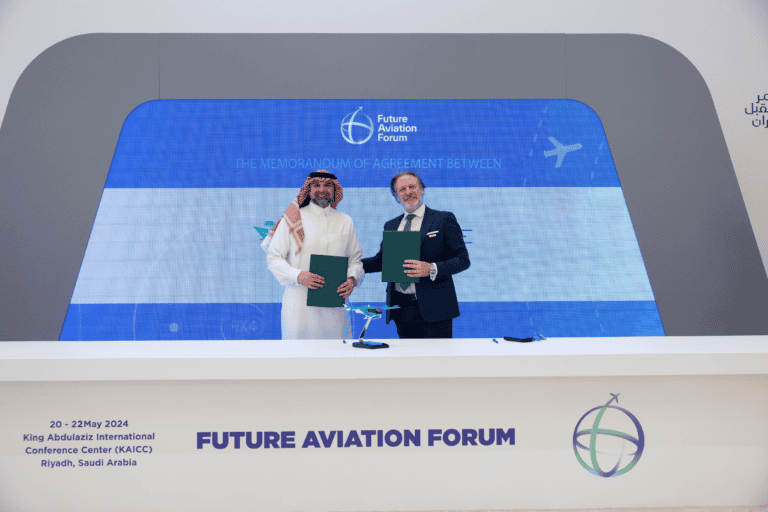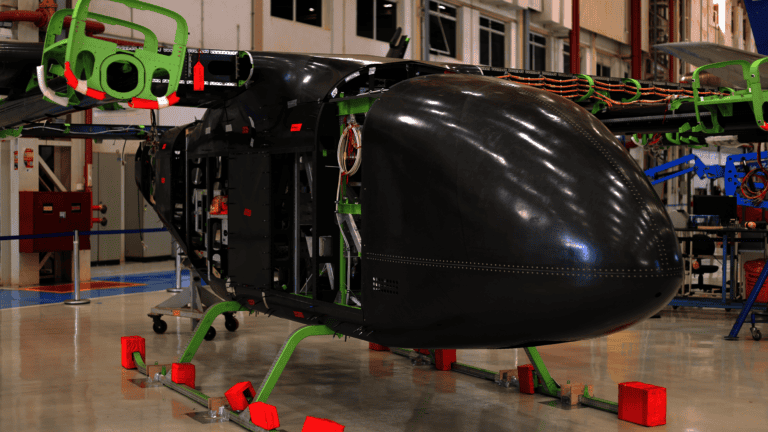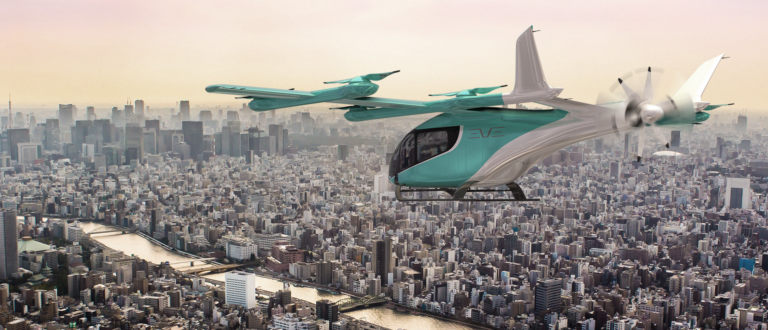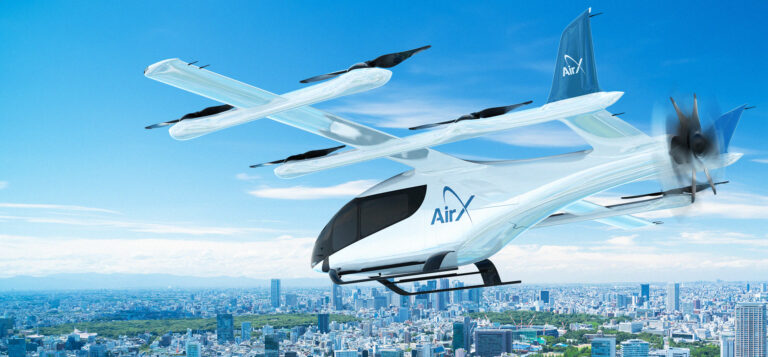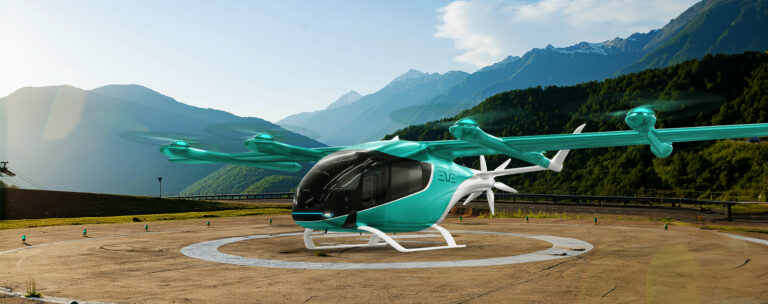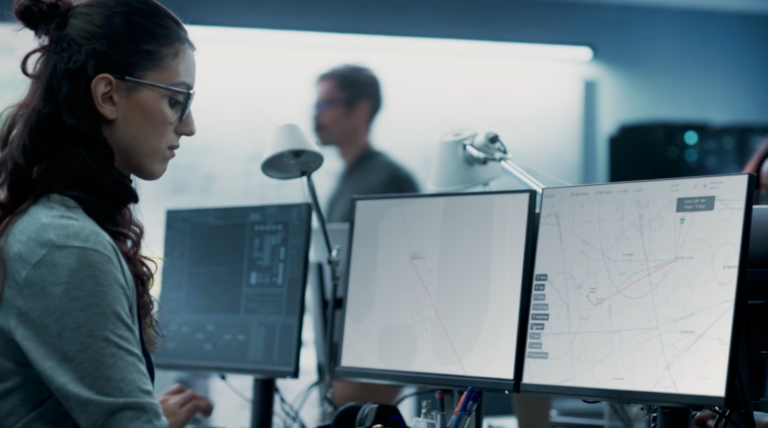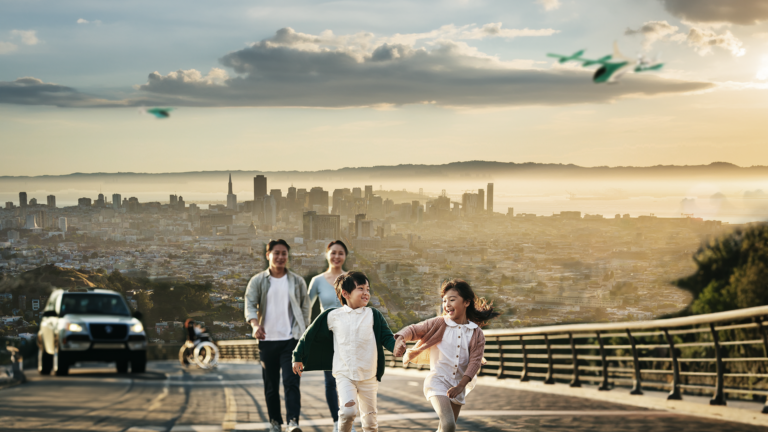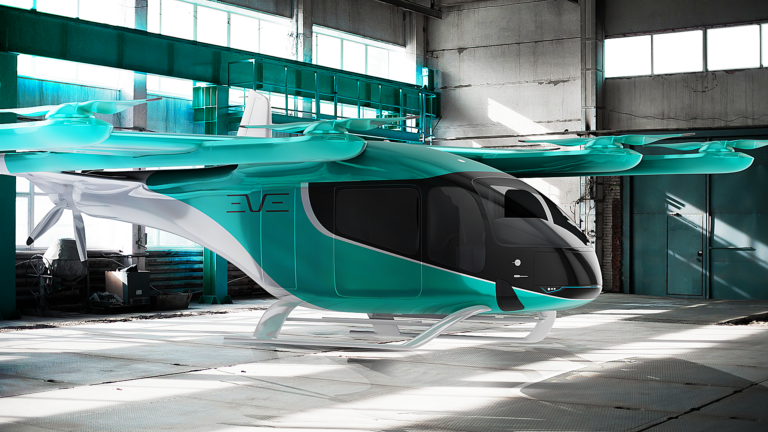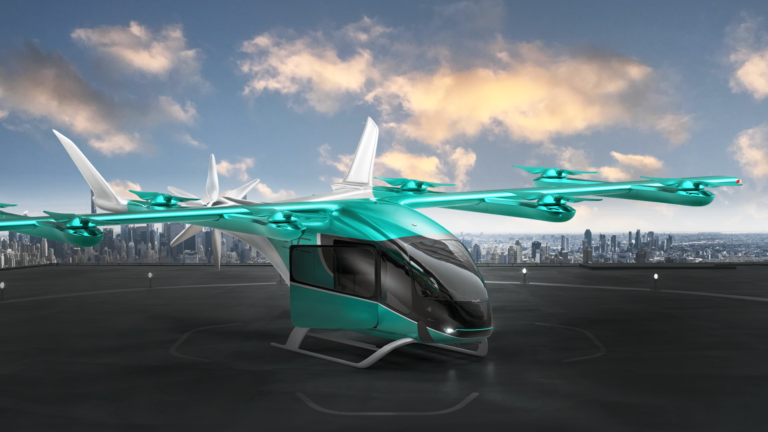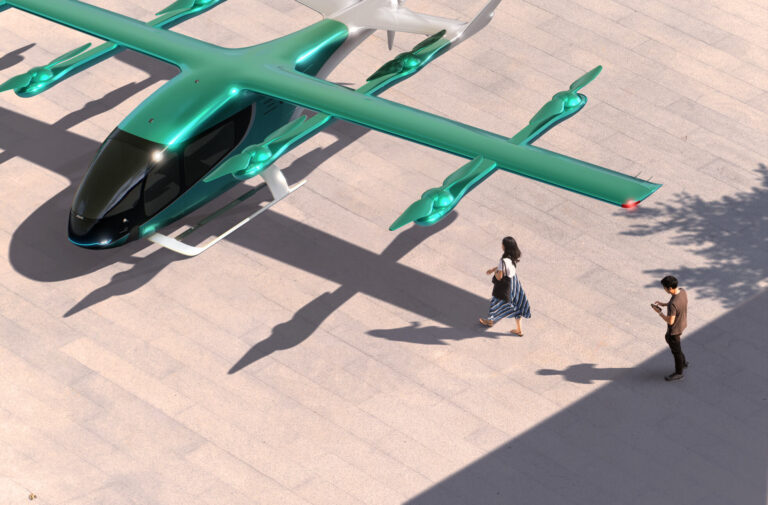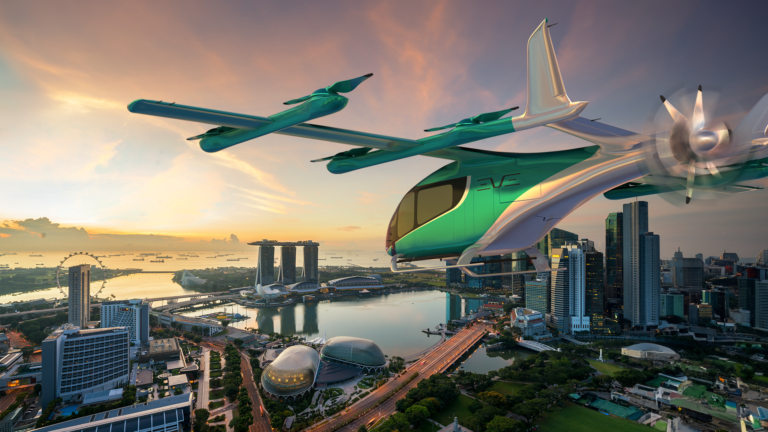Go to work, clock out earlier (and possibly miss a meeting) to pick up your bags, and try to say goodbye to your kids before leaving for the airport. In a city like São Paulo, this happens more often than one could think.
Many big cities don’t offer efficient options when it comes to commuting long distances. Take the São Paulo context, for example: on afternoons, at the end of an average workday, a commuter can take upwards of 3-4 hours to go from the city’s downtown area to the international airport by car.
And if they have a disability, they can’t even rely on public transportation. Barriers to accessibility is a pain point that many can relate to.
This is why people value innovation, accessibility, and convenience. In a study conducted by EVE, a journalist that uses a wheelchair mentioned that traveling through “EVE’s eVTOL would make me feel comfortable, safe and it would meet all my needs”.
In the not-too-distant future, any commuter could get to the airport on a 16-minute eVTOL flight, bypassing any potential mobility restrictions they would otherwise have on their way. While debating and analyzing passenger needs, EVE’s development and research team realized that air commuting is the smartest solution for those who have mobility restrictions and aim for predictability, productivity and time savings.
Air transportation: eight days a week
If an average metropolitan commuter has issues commuting in big cities, can one imagine how businessmen and women do it? They have meetings all day everyday, and are often running against the clock to make it to their appointments.
For that reason, their priority is to save time and not worry about minor issues. Commuting should be the least of their concerns. In a research-driven by EVE, people with time-sensitive roles shared that they would use air transportation several days a week to go to work. Furthermore, they envision this service being accessible, convenient, and available to fly everywhere. They are not wrong.
Sightseeing and hospitality in an eVTOL: a whole new world
Traveling is slowly coming back again. After staying home for a year because of the pandemic, tourists are eager to visit other cities and countries. Soon enough, they will be sightseeing traditional spots once again from the air.
However instead of using helicopters or bus tours, the future of tourism and hospitality shall be driven by eVTOLs, a greener and less intrusive solution to air commuting. Also, EVE’s eVTOL carries 4 people, a better amount for a post pandemic world.
Quieter still, the eVTOLs are the smartest way of sightseeing a national park, a beach, or even a big city. The expected reduction in noise will have a positive environmental impact which will change the user experience and their interaction with this new form of sightseeing.




